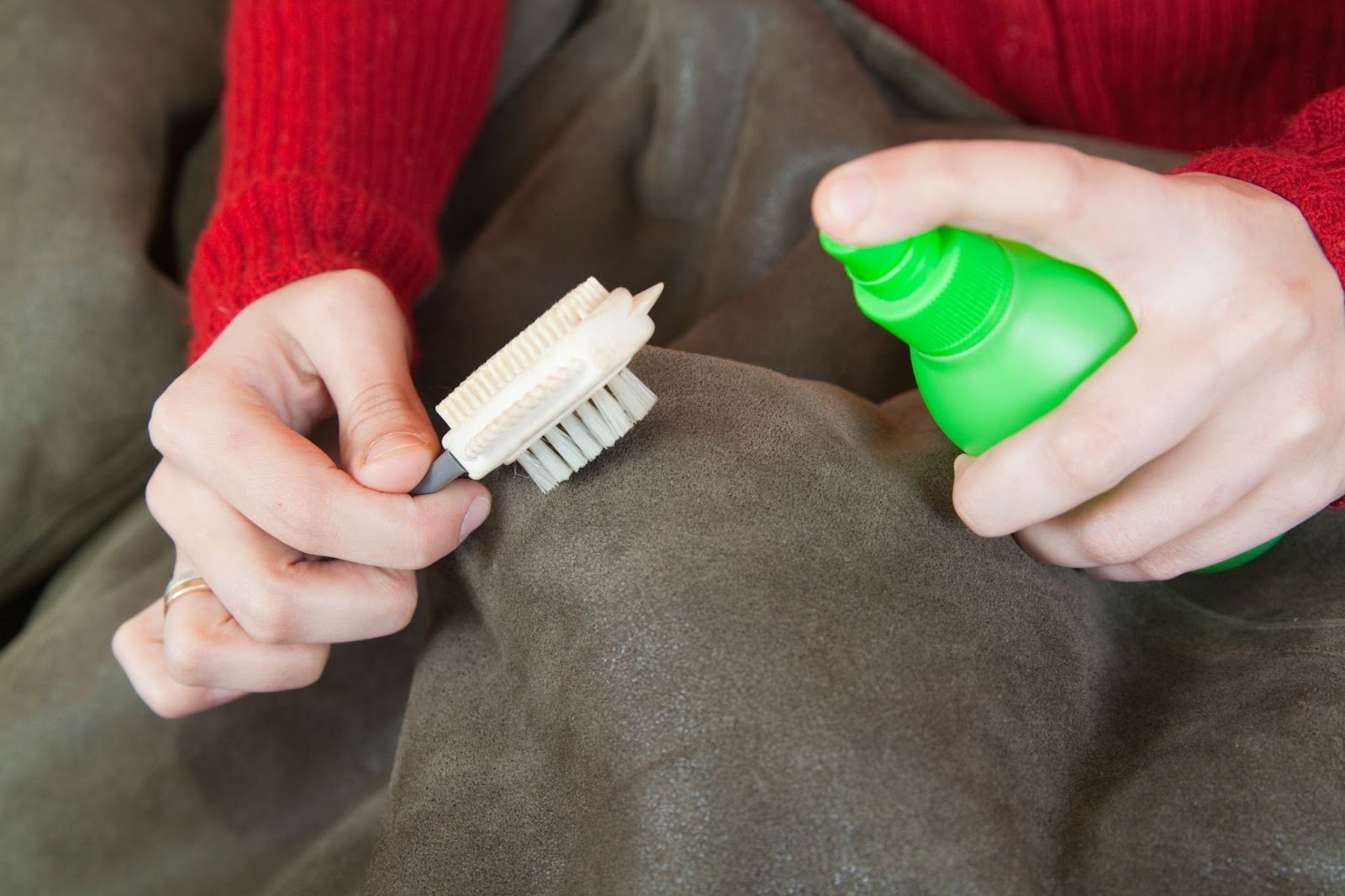No products in the cart.
How to Fix a Cracked Leather Bag: Step-by-Step Guide
You invested in a beautiful leather bag that once turned heads wherever you went. Now, every time you reach for it, your fingers catch on cracks that snake across its surface like tiny fault lines. The rich texture has dulled, and the smooth, supple finish has faded into a brittle memory. It is frustrating and even a little heartbreaking to watch something so elegant slowly fall apart right into your hands. You may have tried rubbing in lotions or DIY hacks that only made things worse, leaving you feeling helpless. Thousands of leather lovers face this same struggle, whether trying to fix deep cracks or simply repairing scratches and scuffs on leather surfaces. The good news is, that there is a surprisingly simple way to fix it. In this guide, you will discover a powerful, step-by-step method to restore your cracked leather bag and make it look almost brand-new again. Want to know the secret? It is easier than you might think. Keep reading to discover how to bring your bag back to life.
Why Leather Bags Crack Over Time
Understanding why your leather bag cracks is the first step toward fixing and preventing it in the future. Leather is a natural material that needs moisture to stay supple. When it dries out or is exposed to harsh conditions, it becomes brittle and begins to crack.
Common Causes:
- Lack of conditioning over time
- Exposure to sunlight and heat
- Storage in dry or humid environments
- Frequent use without proper cleaning
- Use of harsh chemicals or cleaning agents
Step-by-Step Guide to Fix a Cracked Leather Bag
Step 1: Clean the Surface Thoroughly
Start by cleaning your leather bag with a mild leather cleaner. Dirt and oils can prevent conditioners or repair creams from working effectively.
- Dampen a soft cloth with the cleaner.
- Wipe the entire surface, focusing on cracked areas.
- Let it dry naturally away from direct sunlight or heat.
Step 2: Apply Leather Conditioner
Once the bag is dry, apply a high-quality leather conditioner. This helps replenish the leather’s lost moisture and improve its texture.
- Use a soft cloth to massage the conditioner in circular motions.
- Allow the conditioner to soak in for several hours or overnight.
- Wipe off any excess with a clean cloth.
This step alone can significantly reduce the appearance of small cracks.

Step 3: Use a Leather Filler (For Deep Cracks)
For deeper cracks, a leather filler or repair cream is needed.
- Apply a small amount of filler to the crack using a spatula or your fingertip.
- Smooth it evenly and remove any extra product.
- Let it dry for several hours
- Repeat the application if the crack is still visible.
Step 4: Light Sanding (Optional)
If the surface feels rough or uneven after applying the filler:
- Use fine-grit sandpaper (600 to 1000 grit).
- Gently sand the repaired area until smooth.
- Be careful not to overspend or damage the surrounding areas.
Step 5: Restore Color (If Needed)
If cracks have caused discolouration:
- Use leather dye that matches your bag.
- Apply using a sponge or cotton swab.
- Blend it into the surrounding area.
- Allow it to dry completely before using the bag.
Step 6: Final Conditioning and Buffing
Once everything is dry and the repairs are complete:
- Apply a second layer of conditioner.
- Buff the leather with a microfiber cloth to restore its sheen.
Expert Tips to Prevent Future Cracks
Caring for leather is not just about fixing problems but preventing them. These tips can help extend the life of your bag:
Regular Maintenance:
- Clean and condition your bag every 2 to 3 months.
- Store it in a breathable cotton dust bag, not plastic.
Avoid Sunlight and Heat:
- Do not leave your bag in a car or near heaters.
- Store in a cool, dry place with good air circulation.
Use the Right Products:
- Avoid soaps, alcohol-based cleaners, and baby wipes.
- Use products formulated specifically for leather care.
Stuff the Bag When Not in Use:
- To help maintain its shape and avoid creases.
According to The Leather Working Group (LWG), maintaining the pH balance and moisture of leather is crucial to its longevity. Over-drying or using unsuitable cleaning agents can cause irreversible damage. They recommend using pH-balanced products specifically designed for leather surfaces.
Final Thoughts
Cracked leather may feel like the end of the road for your favourite bag, but it does not have to be. What seems like irreversible damage is often just a call for the care and attention that leather deserves. With the right techniques and a bit of patience, you can bring your beloved bag back to life, reviving its softness, restoring its beauty, and giving it the second chance it truly deserves.
Do not let surface cracks dictate the future of your leather accessories. By following the simple but powerful steps outlined in this guide, you can confidently repair and protect your bag at home without spending a fortune. From deep conditioning to smart maintenance habits, your bag can continue to be a reflection of your style, not your stress.
Whether you are breathing new life into a vintage treasure passed down through generations or maintaining the shine of your everyday leather carryall, Leather Mingle is here to guide you every step of the way. Our blog is packed with expert tips, honest product recommendations, and easy DIY solutions that make leather care accessible for everyone, no matter your skill level.
Frequently Asked Questions
1. Can all cracked leather bags be restored?
Most cracks can be repaired, especially surface-level ones. Deep or structural damage may require professional help.
2. How often should I condition my leather bag?
Every 2 to 3 months is ideal for keeping leather moisturized and supple.
3. Is coconut oil good for fixing cracked leather?
It is not recommended. Coconut oil can darken leather and cause long-term damage. Use a professional leather conditioner instead.
4. What is the best product for filling deep cracks in leather?
Use a leather filler or repair cream designed for the type of leather you are treating.
5. Can I use hair dryers to dry leather faster after cleaning?
No. Direct heat can worsen cracking. Always air-dry leather in a shaded, ventilated space.










Add comment